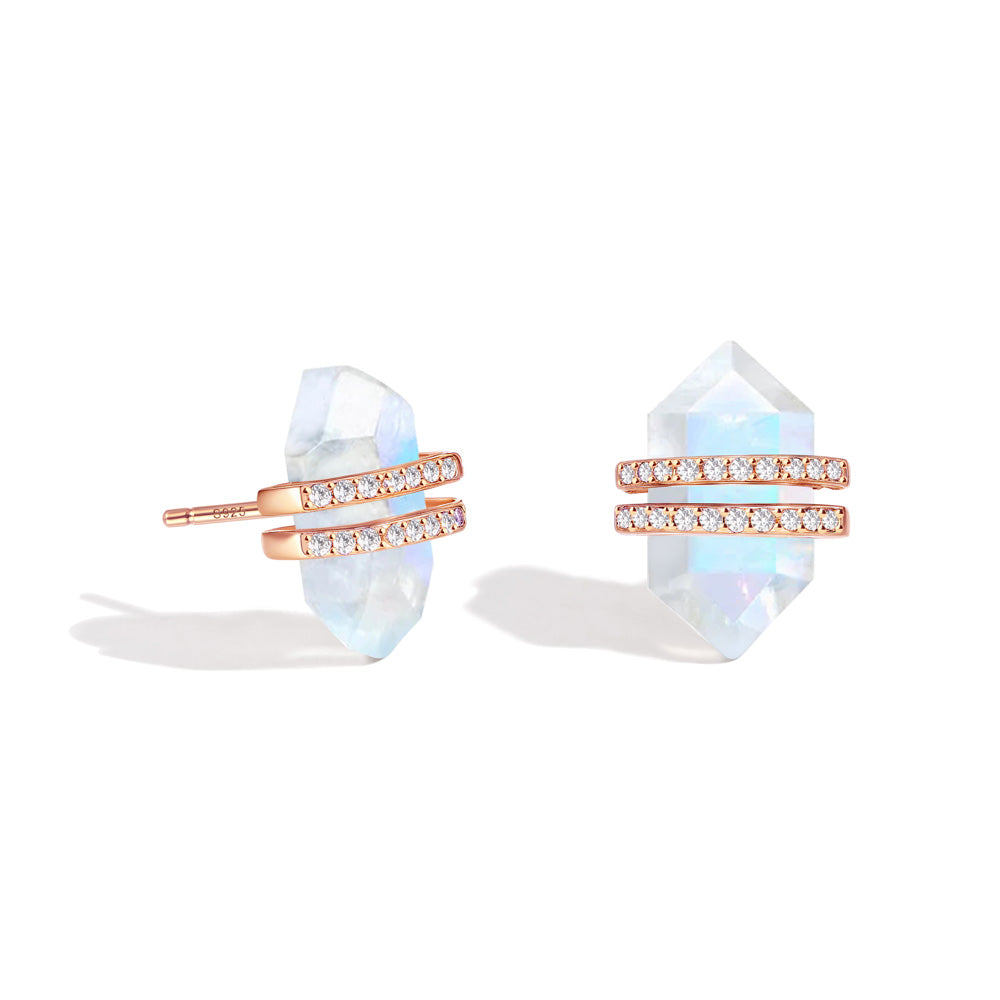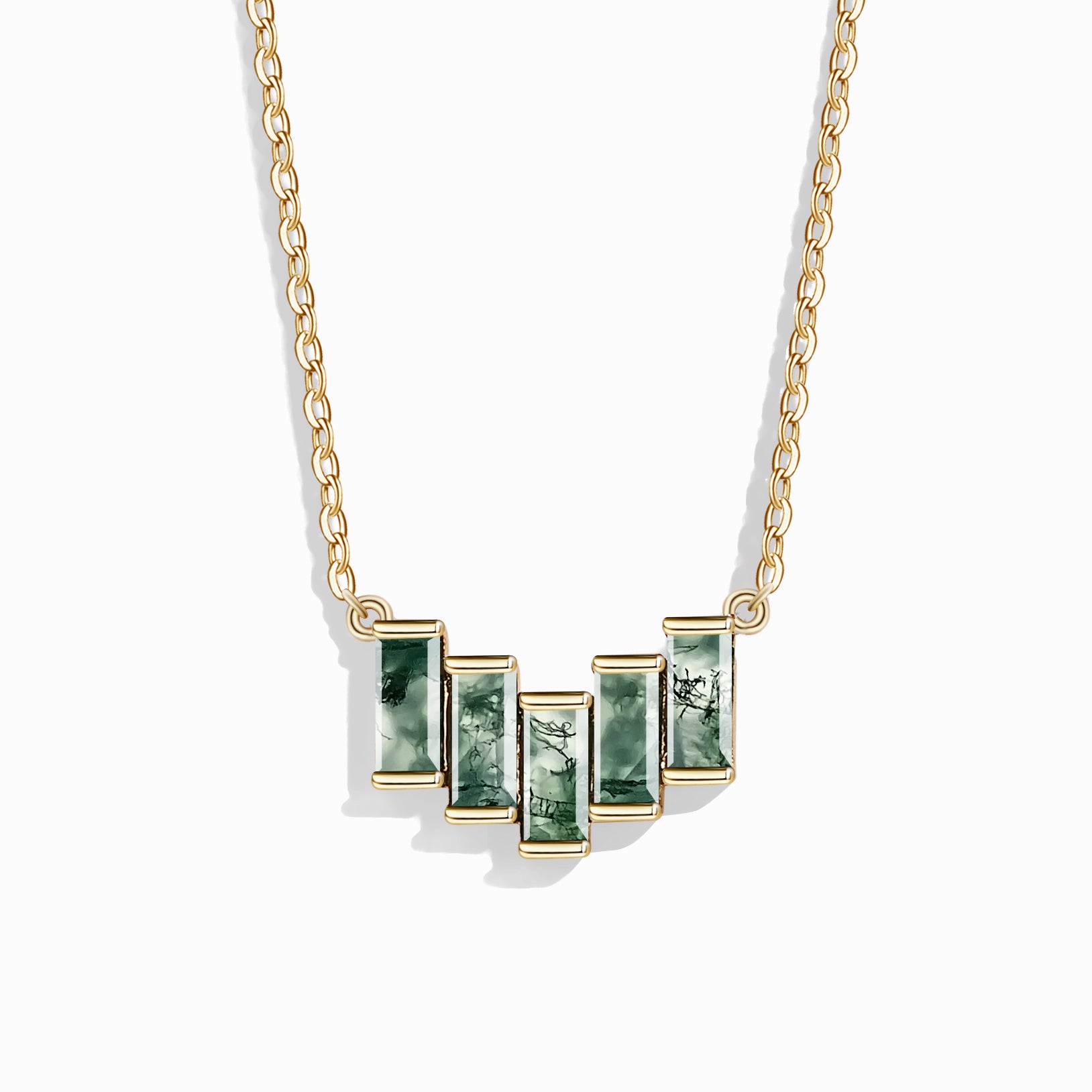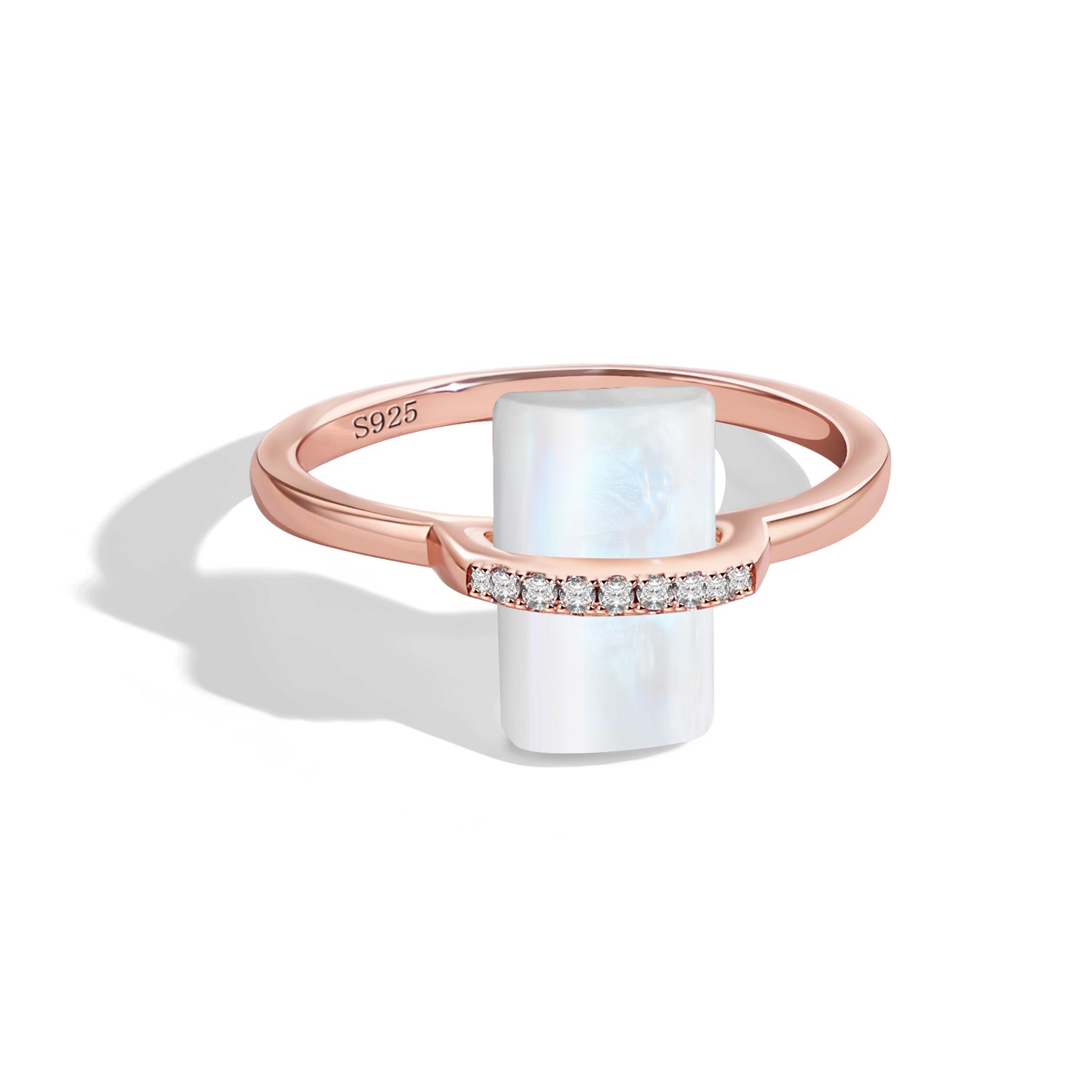The scientific name for fluorite is calcium fluoride. The mineral itself belongs in the halide family. The calcium compounds crystalize to form both cubes and crystals. The crystals are multi-faceted, containing six to eight sides, similar to die. The crystal system is known as ‘isometric.’ The crystals themselves have a “virteous” or glass-like sheen.
Flourite is a soft stone with a hardness of four.
The texture is brittle. Flourite comes in a wide variety of colors, most commonly violet, but it can also be colorless, green, yellow, or pink. Varying amounts of chemicals or other impurities can impact the color of fluorite. When scratched against other surfaces, fluorite produces a white residue.
Unlike most crystals, fluorite can glow under ultraviolet light. According to Common Minerals, “It was one of the first materials in which the phenomena of fluorescence was recognized and studied, and the term ‘fluorescence’ actually comes from the mineral name ‘fluorite.’”
The name “fluorite’ is derived from the Latin word ‘fluere’ meaning ‘to flow.’ Flourite can be melted to join two different metals due to its flow-like state.
Flourite crystals first formed 150-200 million years ago. The crystals formed when hot water containing fluorine interacted with limestone as the water was forced up through the cracks in the newly-forming Earth. Limestone is rich in calcium, so when the Limestone interacted with the fluorine, crystals formed. Flourite fills the porous portions in carbonate stones such as limestone.
Flourite can be found all over the world. Flourite is the state rock of Illinois. It can be found throughout the Midwest in the United States, most often along the Upper Mississippi River Valley. China and Mexico are known worldwide for their production of fluorite. Fluorite can also be found in Russia and Spain.
Commercially, the malleable nature of fluorite makes it ideal for manufacturing glass and porcelain. Clear fluorite was often used for the production of optical lenses.
The element harvested from fluorite is known as fluorine. Fluorine has a wide range of commercial uses. During World War II, scientists used fluorine to fortify Uranium while working on the Manhattan Project.
It’s important to note that large quantities of fluorine gas can be deadly. As Common Minerals explains, “Fluorine gas is a deadly poison. Combined with hydrogen, fluorine makes hydrofluoric acid, an acid so powerful that it is used to etch glass.”


















